PACE OF PROGRESS
- PostedPublished 6 May 2018
JAGUAR is the first established premium car manufacturer to launch an all-electric vehicle with the I-Pace, and has made a point of talking up the battery-powered SUV’s thermal management tech.
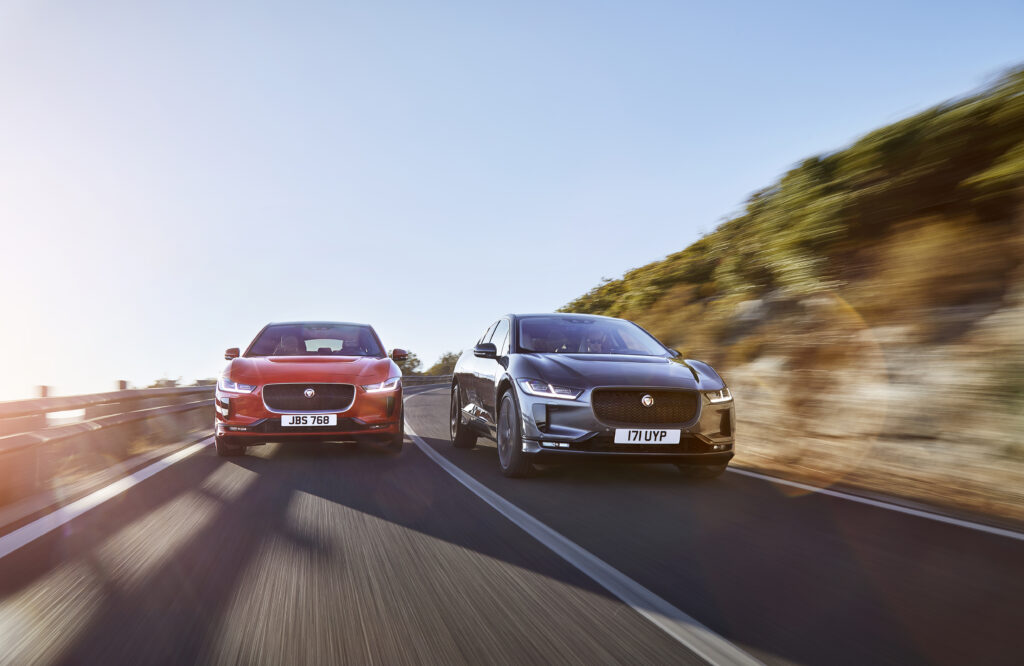
Arriving in Australasian showrooms from around October this year, with an Australian price starting from $119,000 plus on-road costs, the I-Pace beats the likes of BMW, Audi and Porsche to market by many months.
To date, Tesla is the only manufacturer to have established a meaningful foothold in the luxury end of the pure EV market.
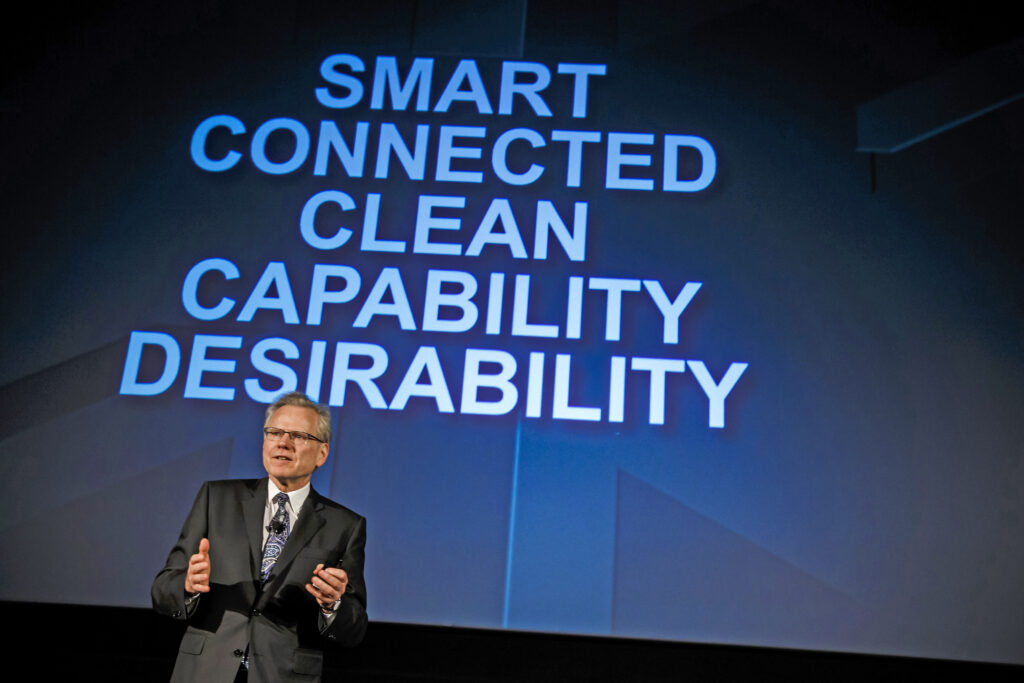
But while little is known about the Californian car’s thermal management, Jaguar has been talking about the I-Pace’s heat scavenging systems since well before the silk sheets were whipped off the production version in March this year.
Powerful, state-of-the-art battery
The I-Pace packs a 90kWh liquid-cooled battery comprising 432 high-density lithium-ion pouch cells. According to Jaguar, this enables the I-Pace to travel 480km on a full charge when measured using the new Worldwide Harmonised Light Vehicle Test Procedure cycle that is widely considered to be much more reflective of real-world results than previous protocols such at the notoriously optimistic New European Driving Cycle.
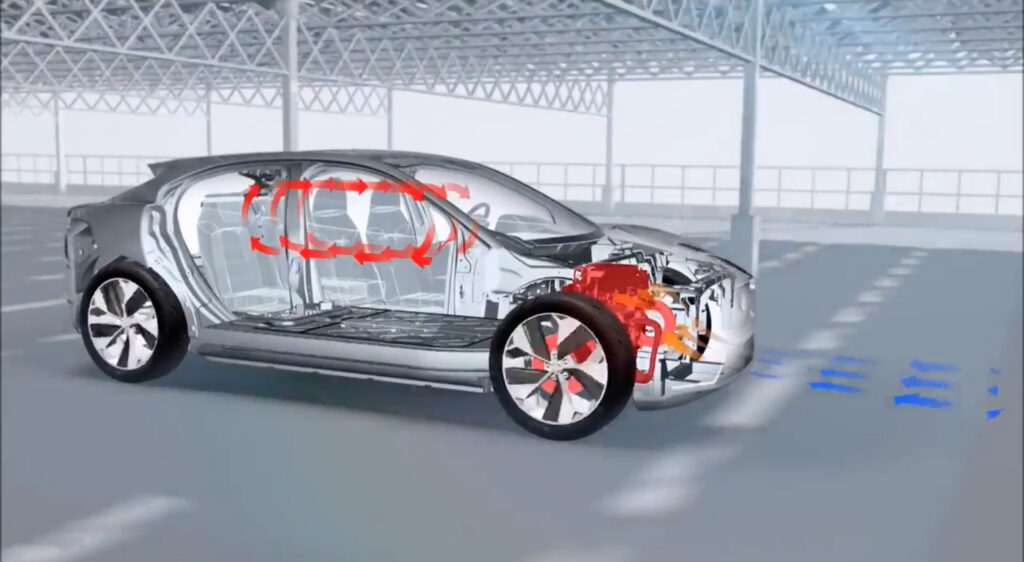
Charging is reputed to take 40 minutes from 0-80 per cent, using a 100kW DC fast charger, or 10 hours from a 7kW AC wall box. A full charge, via the wall box, takes 12.9 hours.
Jaguar states that 1.5 million real-world miles have been logged by test cars, along with 11,000 hours of rig testing – equivalent to 15 months of 24-hour driving. The battery has been subject to extreme impacts tests, too, as well as durability trials at -40 and +40 degrees Celsius.
Flexible thermal management
It is well known that EV batteries work best if maintained at a temperature between 15-30 degrees Celsius. To do so, Jaguar developed measures for the I-Pace that regulate the temperature of the motors, battery and cabin.
Jaguar technical design director Wolfgang Ziebart describes the I-Pace thermal management system as “extremely sophisticated and very advanced”.
“It not only keeps the battery within the required range of temperature but any amount of energy which is created somewhere in the car – for instance, the power electronics or the motor – is harvested and either used to heat the battery or the interior compartment.”
Cooling for the battery is provided by a standalone coolant loop but the circuit is also tied into a refrigeration unit which is linked to the air-conditioning system.
When the battery temperature rises, the refrigeration unit is brought online to control cell temperatures and optimise the available power.
Energy-saving heat pump
The I-Pace also features a heat pump that harvests heat from ambient air and various components of the I-Pace.
Captured heat then goes through the refrigerant circuit to increase its temperature and the warmth from this system is used to optimise battery temperatures and provide warm air to the cabin ventilation system.
This process consumes far less power than a conventional electric heater, which helps reduce the demands on the battery in colder conditions.
Jaguar goes as far to claim that, if the exterior temperature is between a narrow window of 10-15 degrees Celsius, the heat pump extends the battery range by up to 50km.
Speaking on YouTube show Fully Charged, Jaguar I-Pace vehicle line director Ian Hoban said: “It can scavenge temperature and energy from the front of the car.
“Even on a freezing morning it can pull energy out of the air and use it to provide energy to the battery.
“One kW scavenged from the front of the car can benefit the battery by 2.5kW. It’s a really important aspect of how we maintain the range.”
All-wheel drive for added traction
Much like Tesla’s line-up, the I-Pace is underpinned by a modular “skateboard”-style chassis onto which the body is placed.
Both axles pass through a permanent magnet electric motor, each coupled to a single-speed transmission, granting the Jaguar all-wheel drive.
The I-Pace has the performance to match its brand’s image, and enough punch to overcome those with doubts about the capabilities of EVs.
Each motor outputs 147kW and 348Nm, resulting in a combined output of 294kW and 696Nm. Jaguar claims a blistering 0-100km/h time of 4.8sec and, flat out, the I-Pace will hit 200km/h.

A quick EV is no surprise, though, given the performance capabilities of modern motors. And there’s more to this Jaguar than just straight-line speed.
Up front is double-wishbone suspension coupled to electromechanical rack-and-pinion steering, while out back there is an independent integral link suspension setup (pictured above-right).
Mr Hoban said the I-Pace project was began with “a clean sheet approach to harness new battery electric technology with an architecture engineered from the outset to optimise performance, aerodynamics and interior space”.
“It’s a truly driver-focused EV.”
While transporter trucks full of customer-ready I-Pace models roll out to dealerships across Europe, most manufacturers are continuing to work on EV projects while they wait for a worthwhile market to emerge.
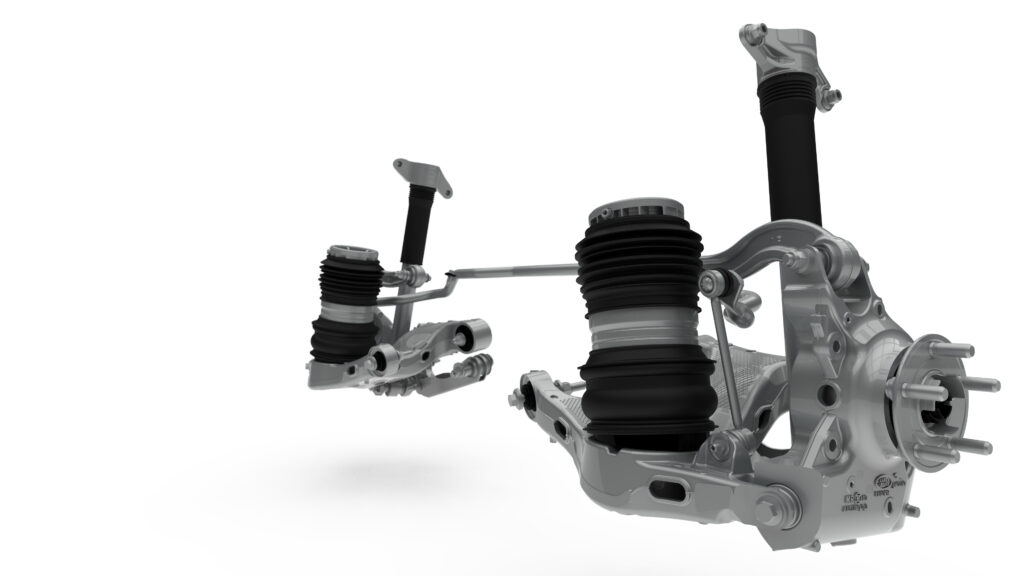

Jaguar, though, is intent on getting ahead of the curve and working toward what it dubs a “clean, safe and sustainable future” – in part motivated by the need to meet the 2021 European requirements for lower CO2 emissions.
This new EV will lead the way for a new line of electrified variants from Jaguar, which will further help the company meet its targets. Don’t think that the I-Pace is a quick rush job, though, cobbled together to simply get something out there and tick some boxes; this is clearly a well planned, neatly engineered and interesting electric car that lays a comprehensive groundwork for Jaguar’s future EV efforts.
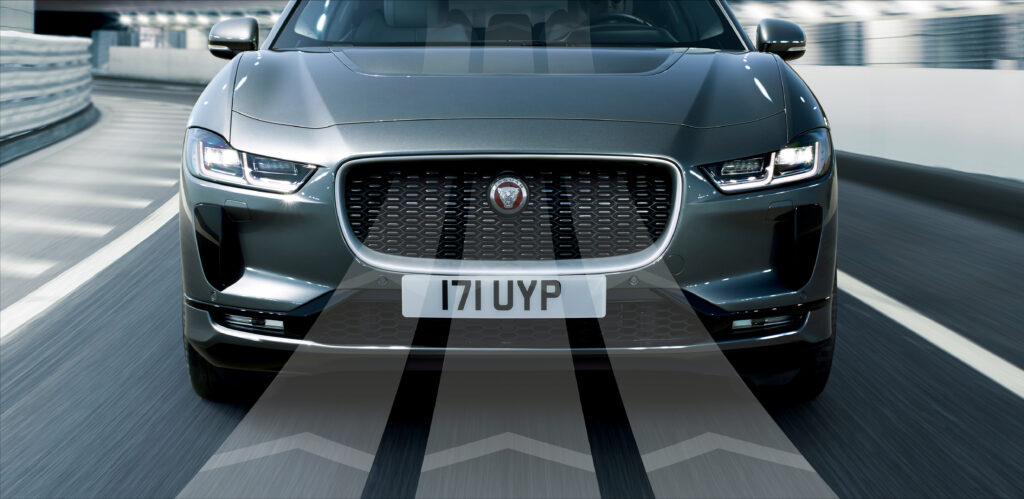
- CategoriesIn SightGlass
- TagsSightGlass News Issue 13

